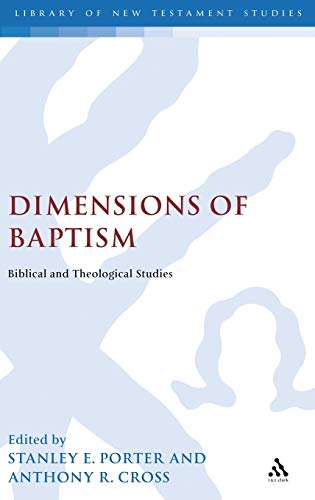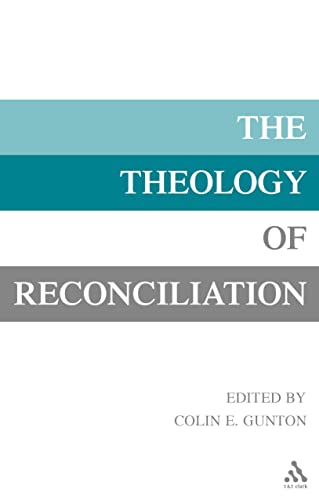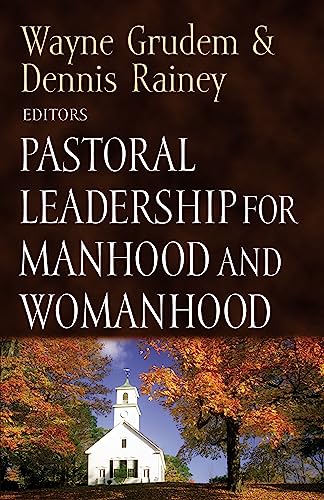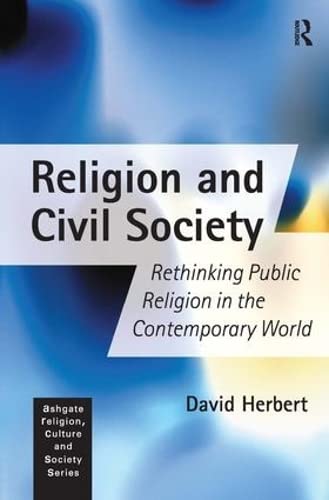AMERICA’S GOD: FROM JONATHAN EDWARDS TO ABRAHAM LINCOLN
Written by Mark A. Noll Reviewed By Glenn B NesbittOutsiders looking in on American life continue to be intrigued and baffled by the marriage of religion and politics. Phrases such as ‘One nation under God’ and ‘God bless America’ enjoy extensive usage while the Religious Right exerts a significant influence on one of the two major political parties. However historians have tended to divide into two schools on this issue. One, led by Sydney Ahlstrom, focused on Evangelical Protestantism, rooted in New England Puritanism, while Sidney Mead concentrated on ‘the religion of the republic’ and its expressions in national life.
Mark Noll, in America’s God, brings these two religions of America together, chronicling how theologians and pastors created this synthesis. His aim is to describe the ‘evolutionary changes in Christian doctrine that occurred from 1730s to 1860s’ (3) by emphasising the contexts within which these changes took place. This period saw ‘a shift away from European theology, descending directly from the Reformation, toward a Protestant evangelical theology decisively shaped by its engagement with Revolutionary and Post Revolutionary America.’ (3)
The founding and then building of the new nation led evangelicals to swallow the religion of the Founding Fathers and renegotiate their heritage. They did this by aligning evangelicalism with republican political ideology and commonsense moral reasoning. As the meaning of concepts such as virtue changed, evangelicals dropped their traditional opposition to republicanism, thereby providing theological justification for the Revolution and ensuring a religious voice after it. Similarly the adoption of an ethical system based on human consciousness and intuition marked a significant break with the past, but created a Christianity which was prominent within the states. By the time of the Civil War, evangelicalism had spread throughout the country, transforming the culture, but it was moralistic in character, lacking belief in total depravity and God’s judgement and thereby the atonement. In the end it lacked the means to deal with the issues of slavery and race and arguments eventually gave way to arms.
America’s God is an impressive book. Noll has spent hours in archival research and he seems to have read everything on the subject. This is ‘top down’ religious history on a grand scale and this re-interpretation of a crucial period in the nation’s past will be the reference point for future historians. However it is not without its faults. There is little consideration of the European scene during these years. Noll may be right in arguing that circumstances within America gave its theology a distinctive shape, but this could be thrown into sharper relief by examining what was happening on the other side of the Atlantic. He is also too judicious. His desire for an inclusive evangelicalism leads him to downplay deep doctrinal differences such as those between the New School and Old School Presbyterians. Samuel Hopkins and the ‘New Divinity’ are presented as essentially orthodox, yet the former abandoned his belief in original sin as his theology ‘progressed’. Noll writes of Horace Bushnell as often regarded as the most creative American theologian of the age’ (423), yet he does not point out where his creativity led him to: the dismantling of basic Christian doctrines. On a smaller, stylistic note, the book is too repetitive in places and occasionally has a disjointed feel to it.
Nevertheless, America’s God is essential reading for anyone interested in American history, politics and religion. Contained within its wealth of learning are important clues and insights into the outlook and culture of contemporary America.
Glenn B Nesbitt
Oxford







